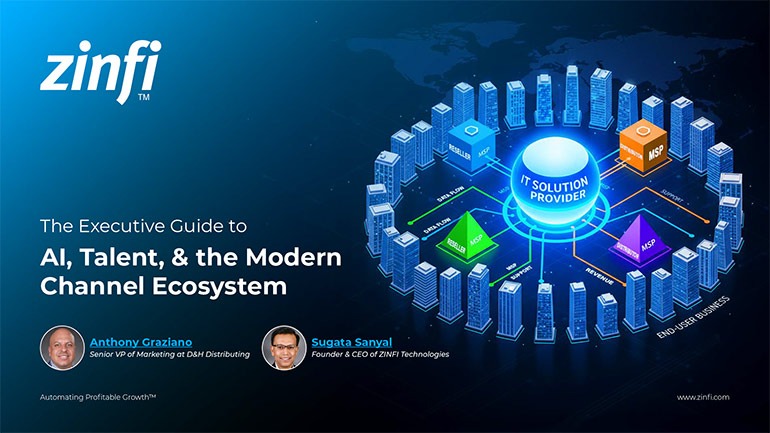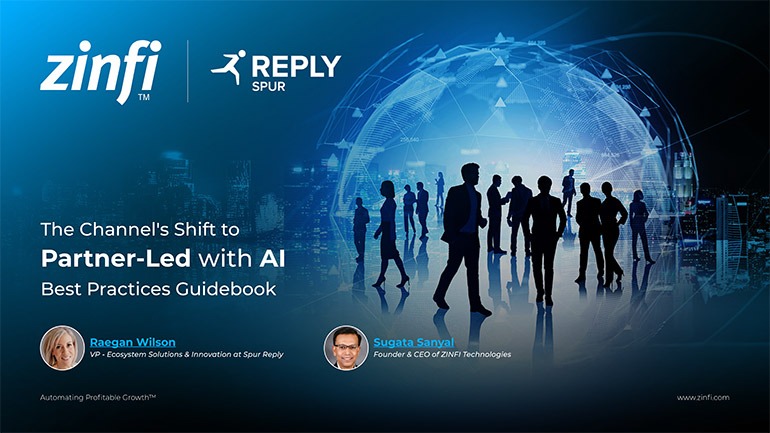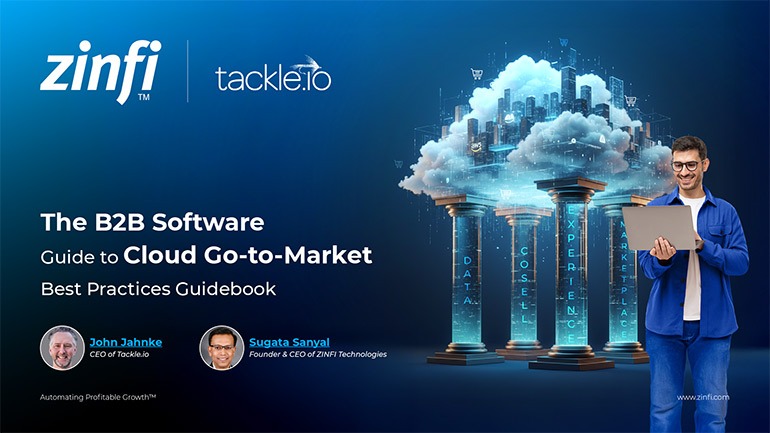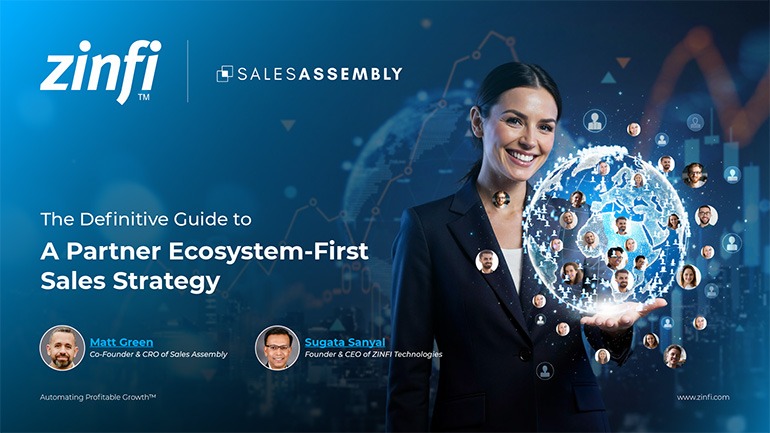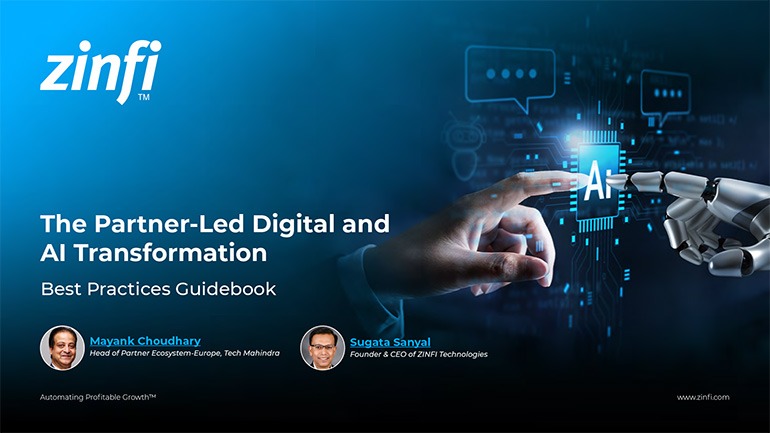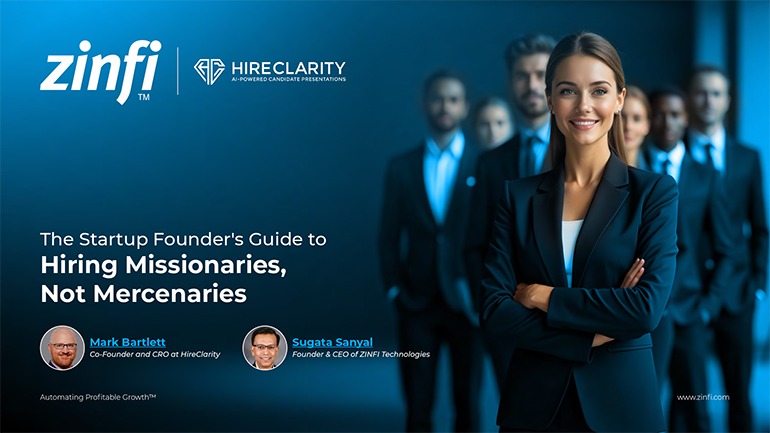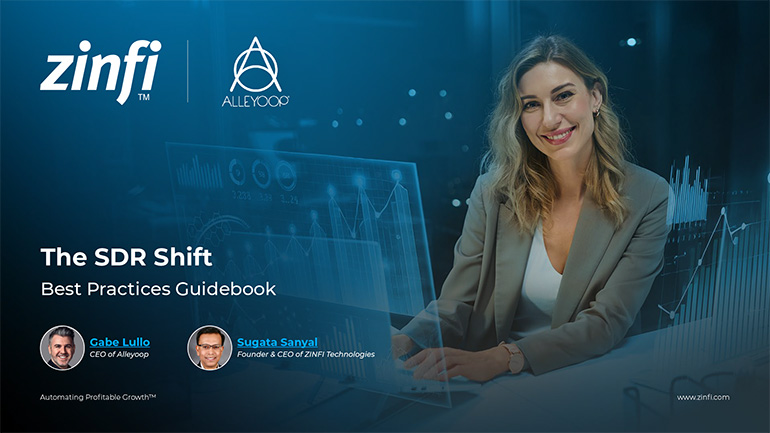The role of a Sales Development Representative (SDR) has fundamentally transformed over the past decade, moving far beyond simple cold calling to become a sophisticated function critical for pipeline generation. In the past, SDRs might have relied heavily on traditional office lines and email automation to connect with prospects. However, the advent of remote work, the proliferation of mobile devices, and the overwhelming volume of digital communications have rendered these traditional tactics less effective. Today's reality means direct dial mobile numbers are paramount, and cutting through an overloaded email inbox requires a much more nuanced approach. Gabe Lullo's company, Alleyoop, specializes in this front-line prospecting, executing millions of sales calls for clients annually to reinsert human dynamics and empathy back into the sales process.
A significant challenge many companies face when attempting to build an in-house SDR team is the lack of proper enablement and a supportive culture. Often, companies hire individuals without prior experience, provide them with a list, and minimal direction, lacking the comprehensive tools, data, messaging playbooks, and dialer/cadence setup necessary for success. This often leads to high turnover, as the daunting nature of consistent cold calling by themselves can quickly demoralize new reps. Alleyoop addresses these challenges by operating a fully remote, video-first sales floor with over 150 sellers. This environment provides continuous coaching, training, and a supportive team culture, replicating the camaraderie of a physical sales floor and ensuring new SDRs are effectively onboarded and retained.
This evolution underscores that successful Sales Development in the modern era is not just about tools and volume, but about nurturing the human element. While AI is increasingly capable of automating basic email tasks, the ability to connect authentically with a prospect via phone call or social engagement is experiencing a significant resurgence. The goal is to "cut through the noise" by initiating genuine business conversations that explore potential problems and determine if further dialogue makes sense. This human-centric approach, combined with strategic technology, is what allows SDRs to build rapport and progress opportunities in a highly competitive market, distinguishing themselves from automated spamming tactics.

